Findings of a Gallup survey commissioned by the World Health Organization (WHO) and Bloomberg Philanthropies and presented at the recent World Health Assembly in Geneva have highlighted some key issues in the perceptions of Non-Communicable Diseases (NCDs) globally.
The Gallup survey gathered data on 7029 participants from Colombia, India, Jordan, Tanzania, and the United States, focusing on individual attitudes, perceptions, and experiences of NCDs, including cardiovascular disease and stroke, cancers, chronic respiratory diseases, and diabetes. Our team at the World Stroke Organization (WSO) analyzed the raw data from the survey to identify how stroke is perceived relative to the other NCDs.
Worldwide, NCDs are collectively responsible for three-quarters of all premature deaths. The current Global Burden of Disease study shows that stroke is the second leading cause of death globally, particularly in low and middle-income countries (LMICs). The findings of the WHO-Bloomberg survey show a concerning lack of stroke awareness coupled with an underestimation of the perceived risk of stroke relative to other NCDs.
The survey findings and specific stroke analysis carried out by WSO provide important insights that can be used to inform the development of global, regional, and national public awareness strategies.
Main Findings
1) The difference between the perception of the most common NCDs, including stroke, and the actual statistics on stroke mortality emphasizes that stroke awareness initiatives should include messages on the burden of stroke and the staggering health threat that it imposes.
Although both heart disease and stroke outrank all other NCDs in terms of global mortality rates, stroke is ranked fourth or lower for perceived significance and the perceived most common NCD, a finding consistent across different countries and education levels.

Only 8.32% of all participants combined indicated that “heart disease, stroke, or high blood pressure” is the biggest problem in their country. This is contrary to the actual health consequences of stroke and other cardiovascular diseases. Cardiovascular diseases account for most NCD deaths, or 17.9 million people annually, followed by cancers (9.0 million), respiratory diseases (3.9 million), and diabetes (1.6 million), globally. According to the Global Burden of Disease Study, stroke, together with other types of cardiovascular diseases, is ranked as the leading cause of mortality among all other NCDs across all 5 countries.

Less than 10% of all participants considered stroke as the most common NCD in their country, placing stroke second to last among all other disease types.

2) Differences in perception of the consequences of stroke provide insights into targeted and more specific messaging of stroke awareness

Around two-thirds of participants surveyed (68.26%) perceived that stroke is very harmful for people in their country. Although the majority of those surveyed from Colombia (87%), Jordan (79%), and the USA (82%) perceived stroke as very harmful, just over half of the people in India (58%) and Tanzania (57%) perceived that stroke as very harmful. Thus, there is possibly a gap in awareness of stroke consequences in low and middle income countries.
3) There is a concerning misunderstanding among all participants that stroke is not preventable.

It is well established that up to 90% of strokes could be prevented by addressing ten modifiable risk factors, including hypertension, diet, smoking, and exercise. However, the survey found that around 35% of people, data from all countries combined, perceived that stroke is not preventable through external actions or behavior change.

Though many NCDs can be prevented by reducing common risk factors, participants surveyed have varied perceptions of the preventability of different NCDs. While 81% of the participants surveyed perceived that diabetes is preventable, only 59% of the participants perceived that stroke is preventable.
Stroke prevention strategies could leverage existing understanding and awareness surrounding the prevention of other NCDs.
4) The lower awareness of stroke and stroke prevention in people in primary education points out the need for better campaign coverage among different education levels.

A lower proportion of participants with primary or lower secondary education had heard of stroke compared to those that completed tertiary education. This suggests a disparity in stroke awareness stratified by education level. There is a need to be more focused with appropriate messaging to address this gap.

We also observed a notable decline in the proportion of participants who perceived stroke is preventable through behavior change as the level of education decreases. Nearly half of the participants with primary or lower secondary education perceives that stroke is not preventable. This again, highlights the need to focus stroke awareness messaging to those of lower education level.
5) The level of stroke awareness and its harm may influence behavior change for stroke prevention.

People with a personal or family history of NCDs exhibited a slightly higher level of confidence in taking action to reduce the likelihood of stroke. However, this margin remains small.

The survey also revealed that a greater proportion of individuals who have heard of stroke indicated that stroke can be prevented through action.

Participants who perceived stroke as highly harmful were found to be twice as likely to believe that taking action can prevent strokes, compared to those who did not view stroke as harmful.
These findings highlight the relationship between stroke awareness and its consequences with correct perceptions of stroke being preventable. Therefore, general stroke awareness content should include its harmful consequences and better engage personal experience with NCDs for more effective stroke prevention campaigns.
Conclusion:
The findings from the Gallup Study reveal a disparity between public perception and the actual burden of stroke, particularly in low- and middle-income countries and among individuals with lower education levels. The study highlights an overall lack of awareness regarding stroke prevention and how it differs among individuals with different levels of general stroke awareness and its harm. These insights are invaluable for the WSO and its member societies, enabling them to deliver more targeted efforts to improve stroke awareness and, ultimately, reducing the impact of stroke on global health.
This analysis of the published WHO-Bloomberg Philanthropies survey coincides with the WSO’s upcoming review of its public awareness campaign strategy, and will be take into consideration for future campaigns. It also provides timely validation for the organization’s commitment to improving public awareness of stroke, which has a focus on stroke prevention for the next 2 years. The WSO #GreaterThan campaign for 2023-2024, aims to empower individuals to take action to reduce their stroke risk, as Prevention is greater than stroke.
- Calling All Future Stroke Leaders
- Words from the President on stroke care during the COVID19 pandemic
- World Stroke Academy content is NOW available free online to all
- Global Stroke Leaders Launch Radical Prevention Strategy
- The Global Impact of COVID-19 on Stroke - the latest results from the survey from Prof. Marc Fischer, WSO President-Elect
- Reduced rates for your attendance at ESO-WSO 2020
- Get ready to Join the MoveMent!
- Global Stroke Leaders Launch Radical Prevention Strategy
- World Stroke Day 2020 News Release
- No Time for Silence on Stroke Prevention
- WSO Brain and Heart Week
- The latest World Stroke Academy news
- Accuracy in BP Measurement and Effective Hypertension Control Promoted on World Hypertension Day
- The 74th World Health Assembly - 24-31 May
- The state of stroke services across the globe: report of World Stroke Organization
- WHO releases priority list of medical devices and interventions for stroke
- World Stroke Day Campaign website and toolkit LIVE
- WSO welcomes WHO recommendations on management of hypertension
- The World Stroke Academy newly branded website is live!
- 5 ways you can support the #Precioustime campaign on World Stroke Day
- GCCH Position Paper “Preventing the next pandemic: The case for investing in circulatory health”
- Global survey reveals only 35% hospitals worldwide provide life-saving stroke treatment
- How to save $1 trillion
- WSO Global Stroke Fact Sheet 2022
- World Stroke Campaign Award Shortlist Announced
- ICD-11 is now officially in effect
- World Stroke Organization’s statement on Ukraine
- WSO Annual Report for 2021
- Get Ready for World Stroke Day 2022 - The Power of Saving #Precioustime
- WHO Strategic Technical Advisory Group meeting on Global Noncommunicable diseases action plan 2013-2030
- WSO Calls for changes in primary prevention guidelines for cardiovascular disease and stroke
- WSO Future Stroke Leaders Programme - Cohort 2 Announcement
- Building Momentum around Implementation of Quality Stroke Care – update from the WSO Rede Brasil AVC Global Stroke Alliance Meeting, Sao Paulo
- World Stroke Day 2022 Raising public awareness of stroke signs and the importance of #Precioustime
- Countdown to World Stroke Day- key actions for members and partners!
- WSO is announcing the results from the Officers elections 2022
- World Stroke Organization Tackle Gaps in Access to Quality Stroke Care
- WSC 2022: One Voice for Stroke
- World Stroke Day #Precioustime Campaign Evaluation
- In memoriam of Dr. Ralph L. Sacco
- WHO Executive Board (EB 152)
- RES-Q + Using digitization and artificial intelligence to improve healthcare
- Be the storyteller of 2023. Submit your abstract at WSC 2023!
- Summary of systematic review and synthesis of global stroke guidelines on behalf of WSO
- World Health Assembly (WHA76)
- World Stroke Day 2023 - Together we are #GreaterThan Stroke
- THE ROAD TO UHC: WHY INTEGRATION OF CIRCULATORY HEALTH INTERVENTIONS IN PRIMARY CARE IS ESSENTIAL
- Global Declaration on Stroke
- NEW World Stroke Campaign Website goes LIVE!
- Global Declaration on Stroke Commitment Launch: New Delhi, India – September 8th, 2023
- TOGETHER WE CAN BE #GreaterThan STROKE!
- The Global Stroke Community Reunited for the WSC 2023
- Join the Future Stroke Leaders Success Journey – Cohort 3 Applications Open
- The RES-Q platform has officially launched!
- New Trial Expands Window For Stroke Thrombectomy With Simpler Imaging
- Now available: WSA Big Data & Stoke e-Learning module
- World Stroke Day 2024
- World Stroke Campaign Award 2023 Winners
- United in Action to Transform Stroke Care
- WSC 2024 Early Bird Registration Deadline Approaching!
- WSO and SingHealth Sign MoU to Enhance Regional Stroke Management and Care in Collaboration with Angels Initiative
- Stroke Action Now - join the WSO global advocacy coalition
- Time for a Revolution in Stroke Care - Acute Care Policy Brief Launch
- Prioritizing access to quality acute stroke care - the time to act is now!
- World Stroke Organization Launches Global Coalition to Drive Action on Stroke Care
- Highlights from the Global Stroke Alliance meeting in Bogota, Colombia – 20-22 November 2024
- Homepage
- Vision and strategy
- Board and Executive Committee
- Privacy policy
- Terms of use
- SEO sitemap
- Global Stroke Corner
- Words from the President: LOOKING AHEAD
- WSO Publishes Global Stroke Fact Sheet
- WSO Call for Editor-in-Chief of IJS
- WSO Membership - Call for Dues 2019
- ESO-WSO Conference 2020
- XXII Ibero-American Stroke Organization Congress
- Asia Pacific Stroke Conference 2019
- European Master in Stroke Medicine - Feedback from WSO scholarships recipients
- Philippine Nationwide Stroke Training, 2018
- Advances in neuroscience & new strategies for preventing & treating brain diseases, November 2018, Moscow
- International conference on essentials of stroke care, November 2018, India
- Education Committee Update
- SSO Committee March 2019
- Stroke Guidelines & Quality Committee Update
- WSO Research Committee Update
- WSO and Global Policy – Key Events in 2019
- Report of WHO Global Forum on Medical Devices
- Report from the WHO’s Executive Board in Geneva January 24th to February 1st, 2019
- WSO President and Romanian Health Minister sign a Memorandum of Understanding
- First Stroke Summer School in Latin America
- Stroke Thrombolysis Master Class-2018: A Report
- Welcome to New Members
- Heart and Stroke Foundation of Canada Publishes a New Report
- On the International Women’s Day, March 8, WSO celebrated women in stroke!
- News from the European Stroke Organization
- Marie-Germaine Bousser receives the 2019 Brain Prize
- Mongolian Stroke Association celebrates 10 years of action
Our partners and sponsors
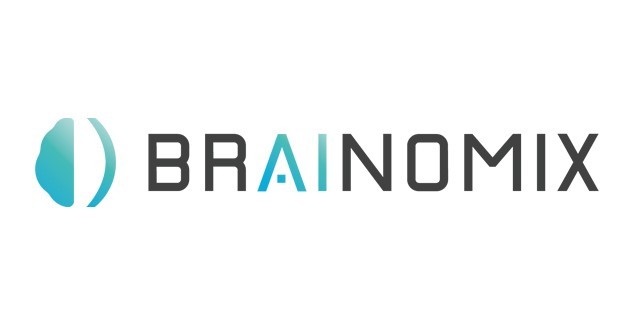 Corporate Supporters
Corporate Supporters
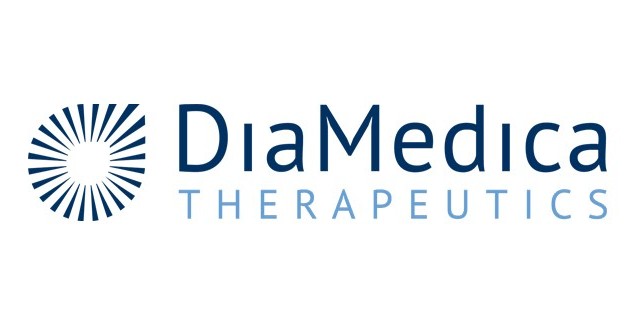 Corporate Supporters
Corporate Supporters
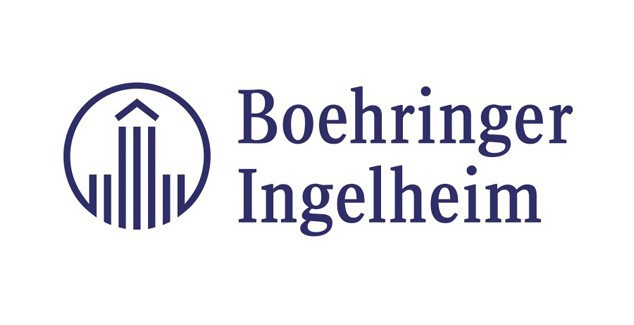 Platinum Plus
Platinum Plus
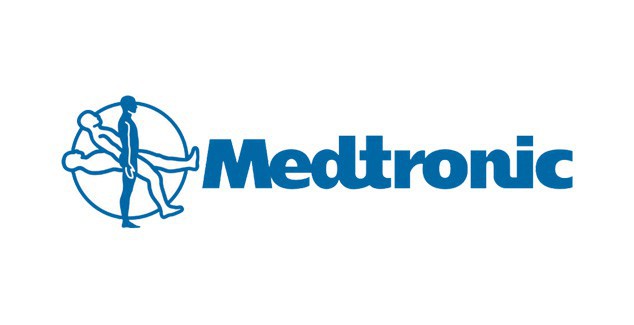 Platinum Plus
Platinum Plus
 Silver
Silver
 Silver
Silver
 Silver
Silver
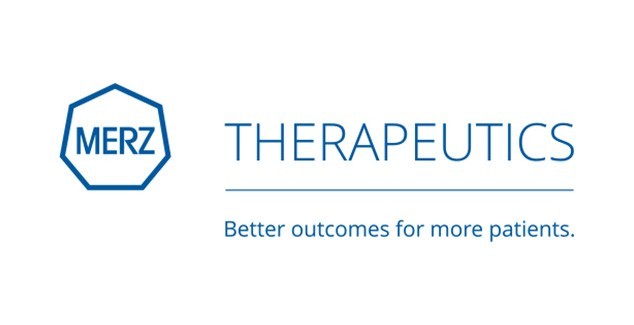 Silver
Silver
 Silver
Silver
 Bronze
Bronze
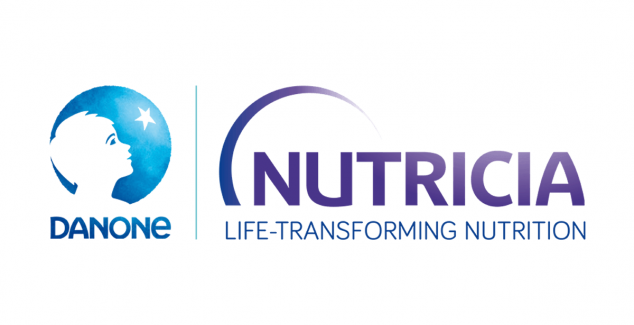 Bronze
Bronze
 Bronze
Bronze
 Bronze
Bronze

 Member login
Member login